“If one is the master of one thing and understands one thing well, one has at the same time, insight into and understanding of many things.” —Vincent Van Gogh
I speak of formula from the Online Etymology Dictionary’s entry: “Modern sense [of the word] is colored by Carlyle’s … ‘rule slavishly followed without understanding.’”
My etymology is: Form + You + Là (there) = Works That Speak.
If you put aside self, principles can form in you the trampoline from which your creative ideas spring.
5 Reasons We Dislike Formulas in Creative Arts
1. We fear what we don’t understand.
Embracing rules we don’t understand is difficult.
FormYouLà: Other than a great story, many readers can’t list the principles underlying their good reading experiences. Many art viewers can’t list, except what captured their
attentions, why a painting delights the masses. Audiences don’t need to understand the principles, but novelists, artists, and musicians can only perform better when they do.
2. We discover the formulas require significant work.
Significant has a double meaning. Learning and using rules:
- requires significant effort and
- produces signifiant art.
FormYouLà: When my artist mother laid out ten watercolors of the same subject my eyes widened. The only difference was the hue of the gray she used for the shadows on the snow around a tree. She’d reworked the shadows until she satisfied her trained eye, and she wanted to know which struck me.
3. We think others misunderstand our brilliance.
Possibly we’re better than many, but few of us inherently understand all the principles that make pieces pleasing to audiences. Nancy Durate said in her book Resonate, “The audience does not need to tune themselves to you—you need to tune your message to them.” Learning principles help you do this. Geniuses Beethoven and Michelangelo studied the principles of their arts. In Exodus 35, God gave two artisans the ability to teach others artistic principles.
FormYouLà: As I marveled at Michelangelo’s marble David in Florence, our guide explained Michelangelo made David’s head and hands larger than normal. Experts think he knew when the statue stood on the cathedral roofline as first planned, these significant parts would appear too small to viewers below. Part of Michelangelo’s brilliance lay in what he understood about perspective—and about his audience.
4. We view formulas as infringements on our creativity.
A formula of chemicals lies in the potter’s clay. Colors rely on formulas based on mixtures of one or more of the primary colors. Words are combined to form a third word. Formulas abound. Once we understand the foundation rules underlying our art, our creativity becomes free to skyrocket.
FormYouLà: When I write in a character’s point of view, one rule is: action before reaction. For example, Sally stashed the letter under the mattress when she heard Jack’s approaching footsteps. The stimulus (Jack’s footsteps) should come first. This principle keeps readers in Sally’s experience, instead of me telling them information Sally doesn’t know yet.
5. We think formulas are stagnant.
King Solomon said, “There is nothing new under the sun.” Three-act plays have survived because they succeed in delighting audiences. The formula isn’t the problem. The challenge is the fresh creative spin we put on what’s proven to work. Only when we understand the rules can we effectively bend them.
FormYouLà: Authors of classics loaded lengthy descriptions and backstory into the beginning of novels. They had patient readers who weren’t shown TV images of everything. Today’s readers want to delve into the story now. Like TV shows do. They still need description and backstory but tolerate them better in snippets when they’re germane to the story.
If our desire to create worthwhile works for our audiences is genuine, we’ll humbly thirst to understand the formulas that have survived over time. Then we can exercise our creative spark on them to create our masterpieces.
What personal stories do you have of using or not using formulas?
[contact-form][contact-field label=’Name’ type=’name’ required=’1’/][contact-field label=’Email’ type=’email’ required=’1’/][contact-field label=’Comment’ type=’textarea’ required=’1’/][/contact-form]


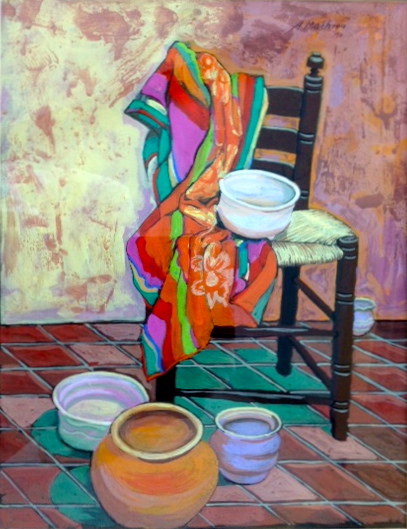
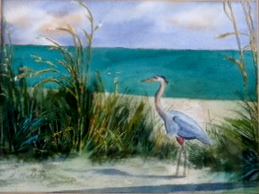
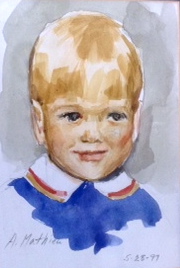
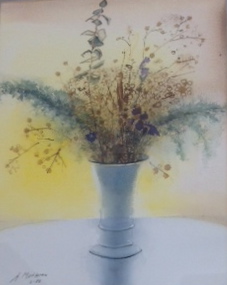
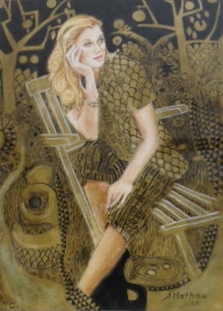
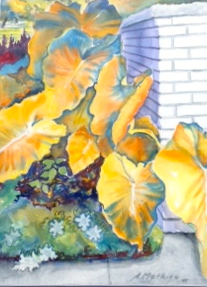
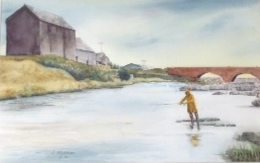
 RSS - Posts
RSS - Posts
I loved ho;w you took visual art and related it to writing. My sister is a printmaker and works with visual content while I work with words. Both are creative acts. You put them together
I imagine I did that because, like you, Cleo, my mother was an artist, and I admired her, but I write.
I thought it was another formula — tie the visual to the verbal to better anchor your message.
Great choice of visuals.
Delightful post all around — a new perspective on formulae for those of us who usually think of them with the preface “mathematical”.
I was going for every creative art has principles/formulas that shouldn’t be disregarded if we want our work to be significant. But certainly sub-messages creep in. Jenny, as a retired mathematical actuary, I’m glad I could offer a perspective different from our more standard view of formulas. Thanks for sharing.